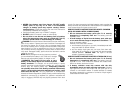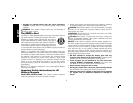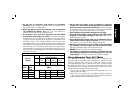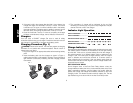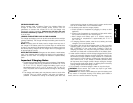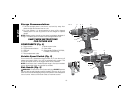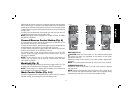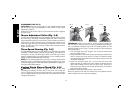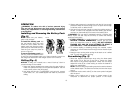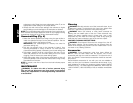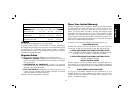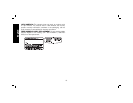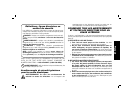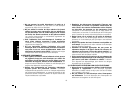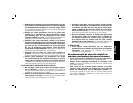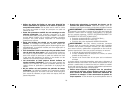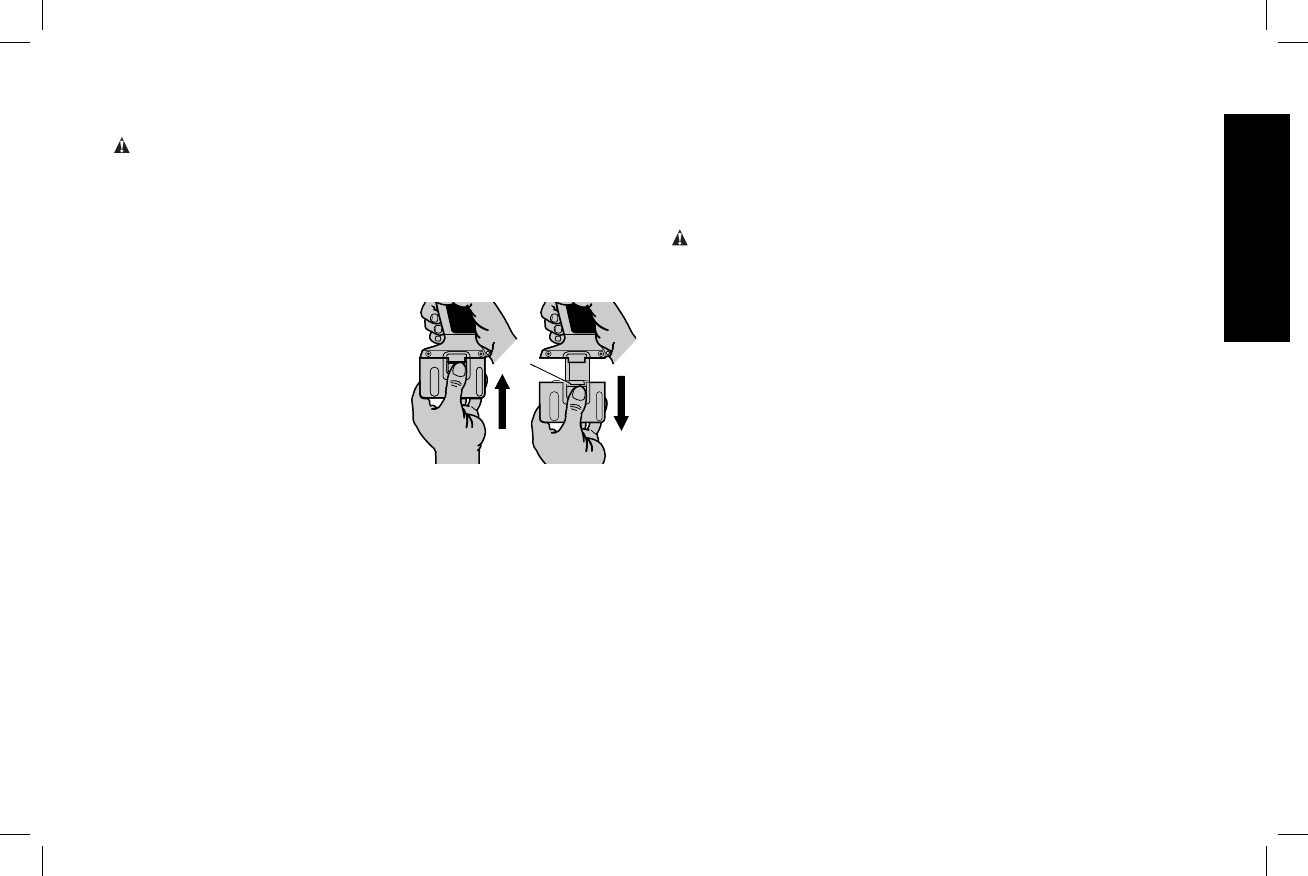
OPERATION
WARNING: To reduce the risk of serious personal injury,
turn tool off and disconnect tool from power source before
making any adjustments or removing/installing attachments
or accessories.
Installing and Removing the Battery Pack
(Fig. 9)
NOTE: Make sure your battery
FIG. 9
I
pack is fully charged.
To install the battery pack into
the tool handle, align the notch
inside the tool’s handle with the
battery pack and slide the battery
pack firmly into the handle until you
hear the lock snap into place as
shown in Figure 9.
To remove the battery pack from
the tool, press the release buttons
(I) and firmly pull the battery pack out of the tool handle. Insert it into
the charger as described in the charger section of this manual.
Drilling (Fig. 4)
NOTICE: If drilling thin material, use a wood “back-up” block to
prevent damage to the material.
1. Select the desired speed/torque range using the gear shifter to
match the speed and torque to the planned operation. Set the
mode control collar to the drill symbol.
2. Use sharp drill bits only. For MASONRY, such as brick, cement,
cinder block, etc., use carbide-tipped bits rated for percussion
drilling.
3. Always apply pressure in a straight line with the bit. Use enough
pressure to keep the drill bit biting, but do not push hard enough
to stall the motor or deflect the bit.
4. Hold tool firmly with both hands to control the twisting action of
the drill. If model is not equipped with side handle, grip drill with
one hand on the handle and one hand on the battery pack.
WARNING: Drill may stall if overloaded causing a sudden twist.
Always expect the stall. Grip the drill firmly to control the twisting
action and avoid injury.
5. IF DRILL STALLS, it is usually because it is being overloaded.
RELEASE TRIGGER IMMEDIATELY, remove drill bit from
work, and determine cause of stalling. DO NOT DEPRESS
TRIGGER OFF AND ON IN AN ATTEMPT TO START A
STALLED DRILL – THIS CAN DAMAGE THE DRILL.
6. To minimize stalling or breaking through the material, reduce
pressure on drill and ease the bit through the last fractional part
of the hole.
7. Keep the motor running when pulling the bit back out of a drilled
hole. This will help prevent jamming.
Screwdriving (Fig. 5)
1. Select the desired speed/torque range using the three-speed
gear shifter (G) on the top of the tool to match the speed
and torque to the planned application. Initially set the torque
adjustment collar (E) at a lower setting to ensure the fastener is
set to your specification.
NOTE: Use the lowest torque setting required to seat the fastener
at the desired depth. The lower the number, the lower the torque
output.
2. Rotate the mode control collar (F) so the screw symbol is aligned
with the arrow.
3. Make a few practice runs in scrap or unseen areas of the
workpiece to determine the proper position of the torque
English
13



